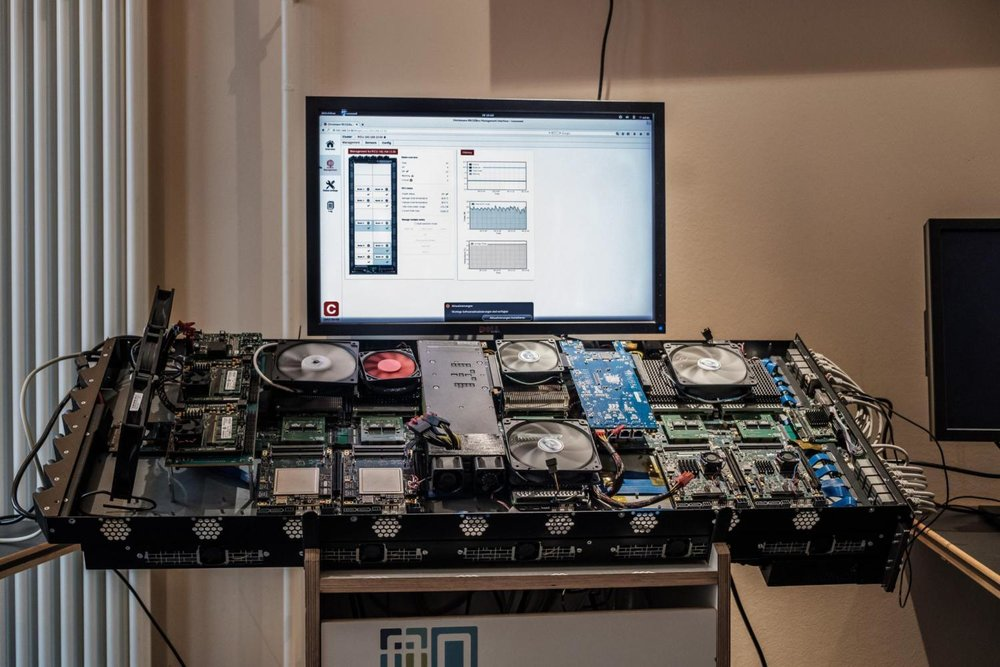Stefan Wesner highlights the advantages of M2DC
May 29, 2019, 11:50 a.m.
Author: Ariel Aleksiak (PSNC), Joao Costa (XLAB)
 Stefan Wesner is a Professor at the Institute for Organisation and Management of Information Systems, at the University of Ulm. He coordinated several European projects, such as POLCA and CACTOS, and wrote numerous research papers on the cloud computing domain. His main research interests include service-oriented infrastructure and clouds, distributed operating systems, real-time systems and end-to-end quality of service, intelligent distributed system architectures, future parallel computing systems and energy efficient data centres. He is a member of the M2DC advisory board and his feedback is a great way to start a series of guest blogs at our M2DC news blog.
Stefan Wesner is a Professor at the Institute for Organisation and Management of Information Systems, at the University of Ulm. He coordinated several European projects, such as POLCA and CACTOS, and wrote numerous research papers on the cloud computing domain. His main research interests include service-oriented infrastructure and clouds, distributed operating systems, real-time systems and end-to-end quality of service, intelligent distributed system architectures, future parallel computing systems and energy efficient data centres. He is a member of the M2DC advisory board and his feedback is a great way to start a series of guest blogs at our M2DC news blog.
According to Stefan, the cost-benefit analysis needs to be differentiated depending on the specific usage of the M2DC platform. Fore example, some systems are utillised 24h/day, which is or should be true for an HPC datacentre. This is not the case for the Image appliance in the photo finishing use case where different load situations are expectable - with higher workloads during the Christmas season. These aspects impact the savings in operational costs and that is one of the reasons why the smart workload management in M2DC can be useful.
In this highly competitive market cost savings are not a sufficient differentiator regarding other offers. There is a lot of competition when focus is only on selling the hardware. In this case one can only argue to be cheaper than the competitors. M2DC might be attractive when, with a slightly bigger investment, customers receive the hardware and software bundled with focused functionalities, or the appliances. They can be appreciated by some markets in high demand - cloud computing, HPC, IoT and digital image processing. The total cost of ownership optimization is important but the improved service offered by the data centre itself is also of great value.
The approach proposed by the M2DC project seems to be interesting to emerging areas such as edge computing and its use in industry 4.0, in particular smart production systems. In this case processing is inside the industrial environment with data collection and analytics. In particular, the small companies with very good engineers but with not enough IT knowledge could gain from pre-configured appliances.
